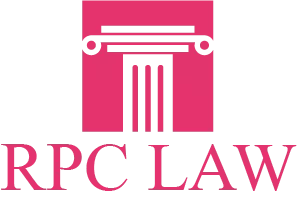Although the examination for discovery always gets included in the process towards one of 2 goals, some of the individuals with the greatest interest in reaching such a goal feel trepidations, when expected to take part in that sort of examination. What aspects of that singular event give rise to such trepidations?
Major source of fears about the examination for discovery
The attorney for one side has a chance to question a witness from the opposing party. Any one of those questions might lead to the unearthing of information that could be used to challenge the claims made by an alternate witness for the opposing party.
The court reporter is present. He or she has been made responsible for recording all the statements made by the lawyers and the witnesses. Later, each Personal Injury Lawyer in Richmond Hill has the right to review what recorded information. Once it has been reviewed, it can become the basis for a question that might be asked during a trial.
Benefits enjoyed by those that get to participate in an examination for discovery
Any answer might be able to move the 2 disputing sides closer to a settlement. That might make the scheduling of a trial unnecessary.The answers from each party might reveal areas of agreement. That would underline the possible existence of a basis for agreement. If that possibility gets pursued, the chances for a pre-trial settlement increase.
How a lawyer’s client should prepare for the discovery examination?
Review any notes that were jotted down soon after the accident. This can help to job the memory, so that the client is ready to answer questions about what happened before, during and after the accident.
Review any notes that were taken during a consultation with the attorney, or while having a phone conversation with the personal injury lawyer.
Study the documents that are related to the case. For example, reread the police report. Take another look at the doctor’s diagnosis, as stated in the medical records. Re-examine the demand letter, and any other letters that were exchanged during the negotiations.
Read up on the indirect messages that can be sent by specific gestures. For instance, someone that folds their arms over their chest tends to look ready for a fight, or at least not inclined to have an open mind. Some hand gestures can indicate that the speaker is nervous. Those should be avoided. Still, not everyone is aware of the fact that their hands are giving-away their feelings of unease.
Fortunately, a client can be warned to avoid certain gestures. Sometimes it helps to have a client taped, while answering a question. The tape would reveal the use of gestures that should not be used at discovery.
